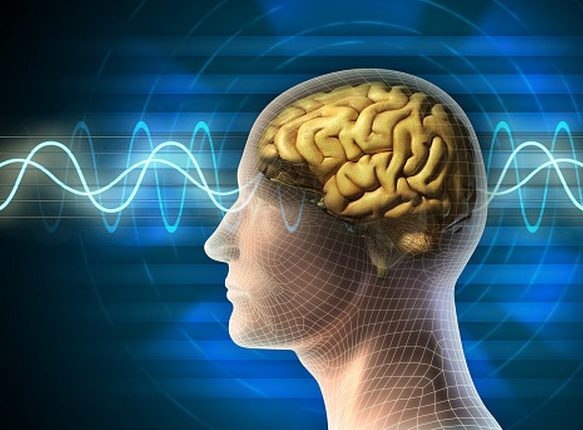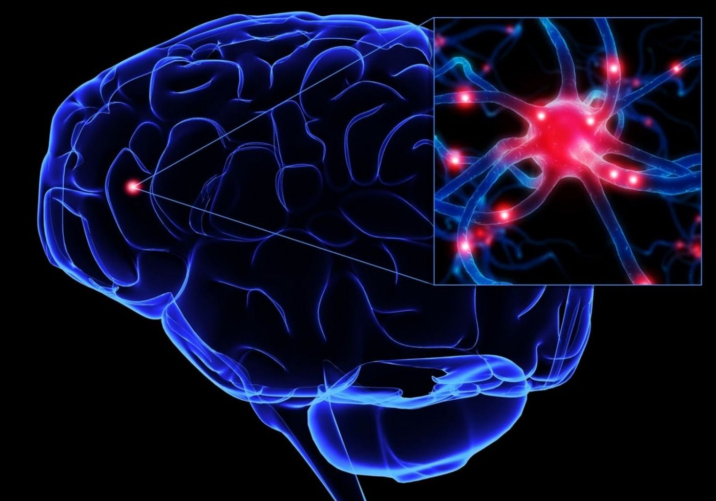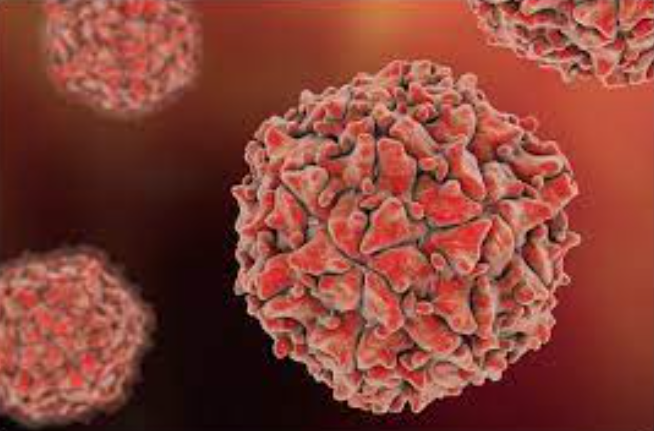Brain implants that can actually read thoughts and turn them into words!

Scientists have devised ways to read words directly from the brain; brain implants can translate internal speech into external signals, enabling communication for people with paralysis or other diseases that rob them of the ability to speak or write. New results from two studies, presented in November 2022, offer further evidence of the extraordinary potential brain implants have to restore lost communication, according to neuroscientists.
Some people who need help with communication today can use devices that require small movements, such as changes in gaze, but those tasks aren’t possible for everyone. So the new studies focused on inner speech, which requires a person to do nothing but think; neural signals associated with words are detected by electrodes implanted in the brain. The signals can then be translated into text, which can be made audible by speech-generating computer programs.


Researchers were able to accurately predict which of eight words a person who was paralyzed below the neck was thinking. The man was bilingual and the researchers were able to detect words in English and Spanish, the electrodes picked up signals from nerve cells in his posterior parietal cortex, an area of the brain involved in speech and hand movements. A brain implant there could eventually be used to control devices that can also perform tasks usually done with one hand, neuroscientists say.
Another approach was based on spelling, the participant was a man who had been unable to speak for more than 15 years after a car accident and stroke. In the new study, the patient did not use letters; instead, he tried to silently say code words, like “alpha” for A and “echo” for E. By stringing these code letters into words, the man produced sentences like “I don’t want that” and “You’ve got to be kidding.” Each spelling session would end when the man attempted to squeeze his hand, thus creating a movement-related neural signal that would halt the decoding. To be useful, current techniques will need to be faster and more accurate.





Responses